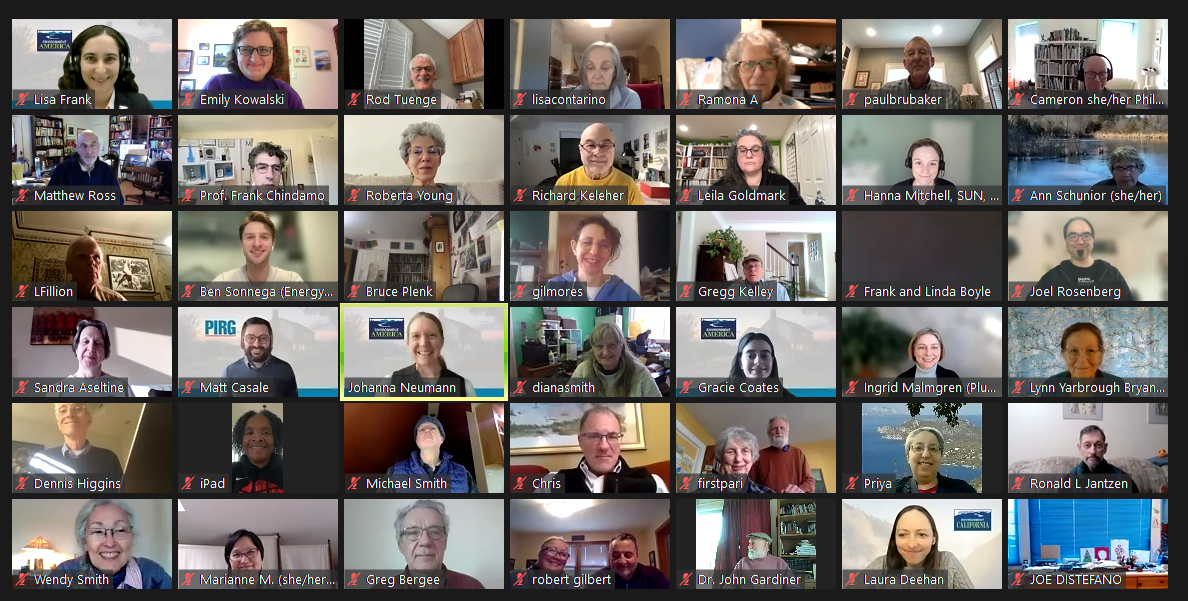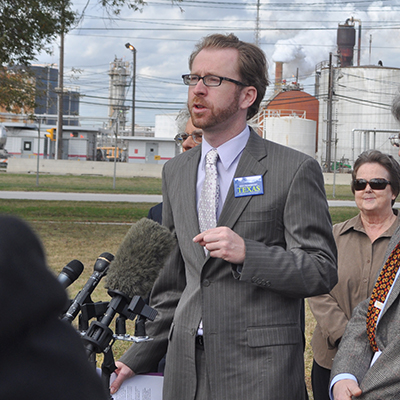
New study: Coal power plants contributed to 27,000 ‘excess deaths’ of Texans from 1999-2020
Researchers say U.S. air pollution is twice as deadly as previously thought
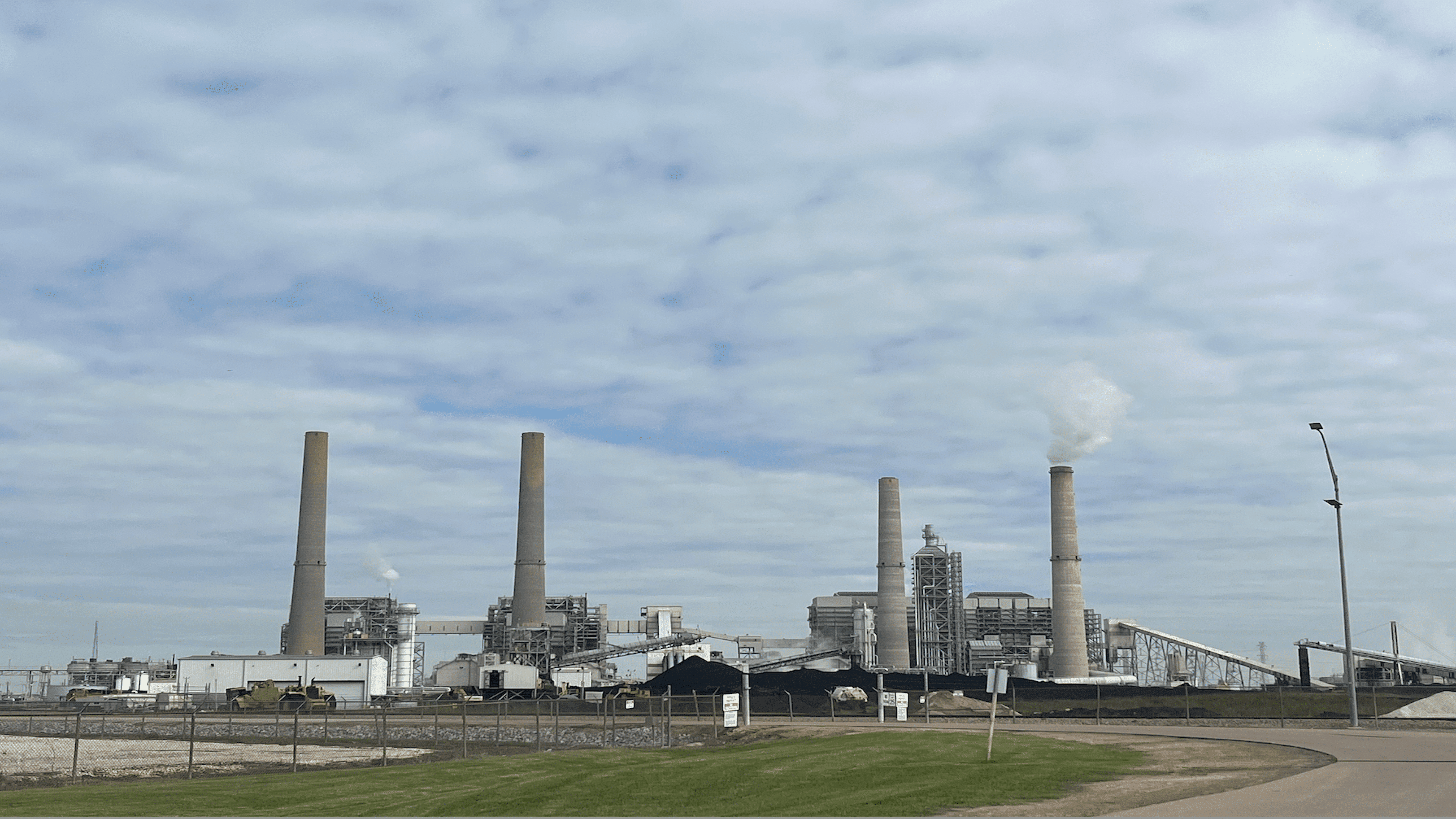
New research published in the journal Science attributes 460,000 “excess” deaths in the United States from 1999-2020 to pollution from coal-fired power plants. This figure, double the previously estimated death toll, sheds light on the severe health impacts of coal-related fine particulate (PM2.5) pollution.
The total includes more than 27,000 “excess” deaths in Texas since 1999. The online data exploration tool that complements the article estimates that Big Brown Power Plant (now retired) is responsible for an 4,400 of those; Martin Lake Power Plant, one of the nation’s largest sources of sulfur dioxide and mercury pollution, is responsible for 4,100; and WA Parish Plant is responsible for 3,500.

Number of estimated ‘excess’ deaths attributed to pollution from coal-fired
power plants in Texas (1999 – 2020)Photo by Andrea Laureano | TPIN
Texas is by far the largest consumer of coal in the nation. Out of the 10 dirtiest power plants in the nation, three of them– NRG’s W.A. Parish and Vistra/Luminant’s Martin Lake and Oak Grove plants – are located in Texas. Consequently, the state faces a critical challenge in mitigating the health risks associated with coal pollution.
Notably, the findings in this report suggest that the majority of deaths occurred during periods when environmental standards were at their weakest and PM2.5 levels from coal-fired power stations were at their highest. The data finds that the annual average coal PM2.5 declined from 2.34 μg m−3 (micrograms per cubic meter air) (range, 0.01 to 8.80) in 1999 to 0.07 μg m−3 (range, 0.00 to 0.39) in 2020. 1999 – 2007 saw the highest annual excess deaths attributable to PM2.5, averaging more than 43,000 deaths per year for a total of 390,000 (95% CI: 360,000 to 430,000). After 2007, annual excess deaths sharply declined, with a total of 1,600 (95% CI: 1400 to 1700) between 2007 and 2020.
This positive trend underscores the impact of regulatory measures in safeguarding public health. It means required pollution controls have drastically cut pollution related deaths in recent years. For the Keystone facility in Pennsylvania, for example, the average annual number of attributable deaths was 640 before 2008, but when flue gas desulfurization (FGD) technology, otherwise known as “scrubbers,” were installed between 2009 and 2010, the average number of annual deaths dropped to 80. Scrubbers remove sulfur dioxide before it’s released into the atmosphere by using a spray mixture of limestone and water.
However, despite the decline in the national average of annual deaths, more can be done to ensure clean air for Texans. Eighty-five percent of Texas’ coal-burning plants lack at least one modern pollution control, according to a Sierra Club report. These include technologies such as Selective Catalytic Reduction (SCR) to control nitrogen oxide (NOx), Baghouse Systems (BH) to control direct particular matter (PM2.5) emissions, and Flue-Gas Desulfurization (FGD) technology, or scrubbers. Currently, only 5 of the 28 units at Texas coal plants utilize all three of these technologies, and some units have none of them. Martin Lake Power Plant lacks both SCRs and BHs, and three out of four of the WA Parish units lack scrubbers, according to a report from Sierra Club that collected publicly available data from EIA and EPA. It’s estimated that units lacking controls are up to three times as deadly as those that utilize them.
Through the federal Clean Air Act, states are mandated to safeguard communities, national parks, and wilderness areas throughout the United States. Regional haze, a visible form of pollution resulting from sulfur dioxide emissions originating from power plants and industrial sources, poses a public health threat and reduces visibility in our most revered sites. The Regional Haze Program calls for state and federal agencies to work together to improve visibility in 156 national parks and wilderness areas such as the Grand Canyon, Yosemite, the Great Smoky Mountains and Big Bend.
Texas was required to submit an updated State Implementation Plan in July 2021 that laid out changes it would make to meet or approach to comply with the standards set by the Clean Air Act. The U.S. Environmental Protection Agency (EPA) rejected Texas’ first phase of the plan, saying the proposal by the Texas Commission on Environmental Quality (TCEQ) does not go far enough to reduce pollution because it did not include the best available technology for reducing sulfur dioxide and particulate matter. Consequently, in April 2023, the EPA published a draft rule to reduce Texas coal plant pollution requiring six of the largest Texas coal plants to collectively cut their sulfur dioxide (SO2) pollution to 80,000 tons per year–nearly halving the state’s overall SO2 emissions from the biggest haze polluters. The public comment period for that rule closed in August 2023, and Texas awaits the EPA’s release of the final rule.
Now, environmental advocates are calling on the EPA to reject Texas’ plan for the second phase of the haze rule because it does not require controls for nitrogen dioxide, one of the main contributors to haze. The second phase of the Regional Haze Rule plan addresses oil and gas facilities, which covers emission sources beyond power plants. The EPA has not decided whether to accept the TCEQ’s plan for the second phase, but the adoption of stricter rules that follow EPA guidelines could have enormous consequences for clean air in Texas. Halving the state’s overall sulfur dioxide emissions and implementing more controls for pollution would dramatically improve air quality and mitigate the adverse environmental impacts associated with sulfur dioxide.
In addition, the EPA is considering other standards that would require power plants to introduce more pollution controls:
- Particulate pollution – The EPA has until Oct. 1, 2024 to decide whether or not to approve the coal plant particulate matter exemptions proposed by the TCEQ. The EPA committed to make a decision as part of a settlement of a lawsuit with the Environmental Integrity Project and Sierra Club. The groups argue that “the EPA allowed the Texas Commission on Environmental Quality (TCEQ) to exempt eight coal plants…from constraints that federal and state regulations place on fine particle emissions. The changes would allow these coal plants to bypass pollution controls and to exceed emission limits established by Texas to prevent nuisance conditions and protect public health.”
- Mercury and Air Toxics Standards (MATS) – Mercury is a potent pollutant that can contaminate waterways and make fish unsafe to eat. Coal-fired power plants pump mercury into the air, which then settles into nearby rivers and lakes. Once there, it can poison fish and the people who eat them. The Clean Air Act requires the EPA to update the MATS every eight years to consider improvements to pollution control technology. In April 2023, the EPA proposed a new rule that could reflect the most significant improvements and updates to MATS since 2012, when the EPA first issued these standards. Under the updated rule, impacted units could need to at least upgrade existing particulate controls and potentially install a baghouse if it doesn’t already have one. The rule is currently under review by the EPA.
- Smog standards – In September 2022, the EPA downgraded the Houston and Dallas-Fort Worth regions to “severe” nonattainment of the 2008 federal ozone pollution standards (they were each previously designated a step below — with “serious” nonattainment). This requires the Texas Commission on Environmental Quality (TCEQ) to impose “reasonably available control technology” or “RACT”-based limits on large sources of ozone precursor pollutants such as nitrogen oxides (NOX). “Selective catalytic reduction” (SCR) is such a technology and environmental advocates are calling for the EPA to require it for the 13 units of Texas coal plants that lack it.
- In June 2023, the EPA introduced its “good neighbor” provision that would require states to address interstate transport of air pollution that affects downwind states’ ability to attain and maintain National Ambient Air Quality Standards (NAAQS) for ozone. However, due to court rulings, the EPA had to freeze the implementation of these standards in Texas and eleven other states.
- Sulfur dioxide standards – In 2016, the EPA designated the area around the Martin Lake plant as being in nonattainment for sulfur dioxide (SO2). Both Luminant and the TCEQ have challenged that designation in the 5th Circuit Court of Appeals. While a court ruling is pending, in July, the EPA reached a settlement with the Sierra Club to either approve a (weak) plan developed by Texas to reduce sulfur dioxide pollution from Martin Lake or issue its own plan no later than Dec. 31, 2024. Although Martin Lake has scrubbers on all 4 of its units, they operate at just 50-60% SO2 removal efficiency, as noted in a Sierra Club report. Well-optimized scrubbers can operate at 98% efficiency or higher, which a strong federal plan could require.
- Carbon pollution – In May 2023, the EPA proposed new standards for coal and natural gas fired power plants that would reduce pollution. The proposed standards are based on technologies such as carbon capture and sequestration/storage (CCS), low-GHG hydrogen co-firing, and natural gas co-firing. The rule is currently under review by the EPA.
Topics
Authors
Luke Metzger
Executive Director, Environment Texas Research & Policy Center
As the director of Environment Texas, Luke is a leading voice in the state for clean air, clean water, clean energy and open space. Luke has led successful campaigns to win permanent protection for the Christmas Mountains of Big Bend; to compel Exxon, Shell and Chevron Phillips to cut air pollution at three Texas refineries and chemical plants; and to boost funding for water conservation and state parks. The San Antonio Current has called Luke "long one of the most energetic and dedicated defenders of environmental issues in the state." He has been named one of the "Top Lobbyists for Causes" by Capitol Inside, received the President's Award from the Texas Recreation and Parks Society for his work to protect Texas parks, and was chosen for the inaugural class of "Next Generation Fellows" by the Robert S. Strauss Center for International Security and Law at UT Austin. Luke, his wife, son and daughter are working to visit every state park in Texas.
Andrea Laureano
Former Campaign Associate, Environment Texas Research & Policy Center
Find Out More
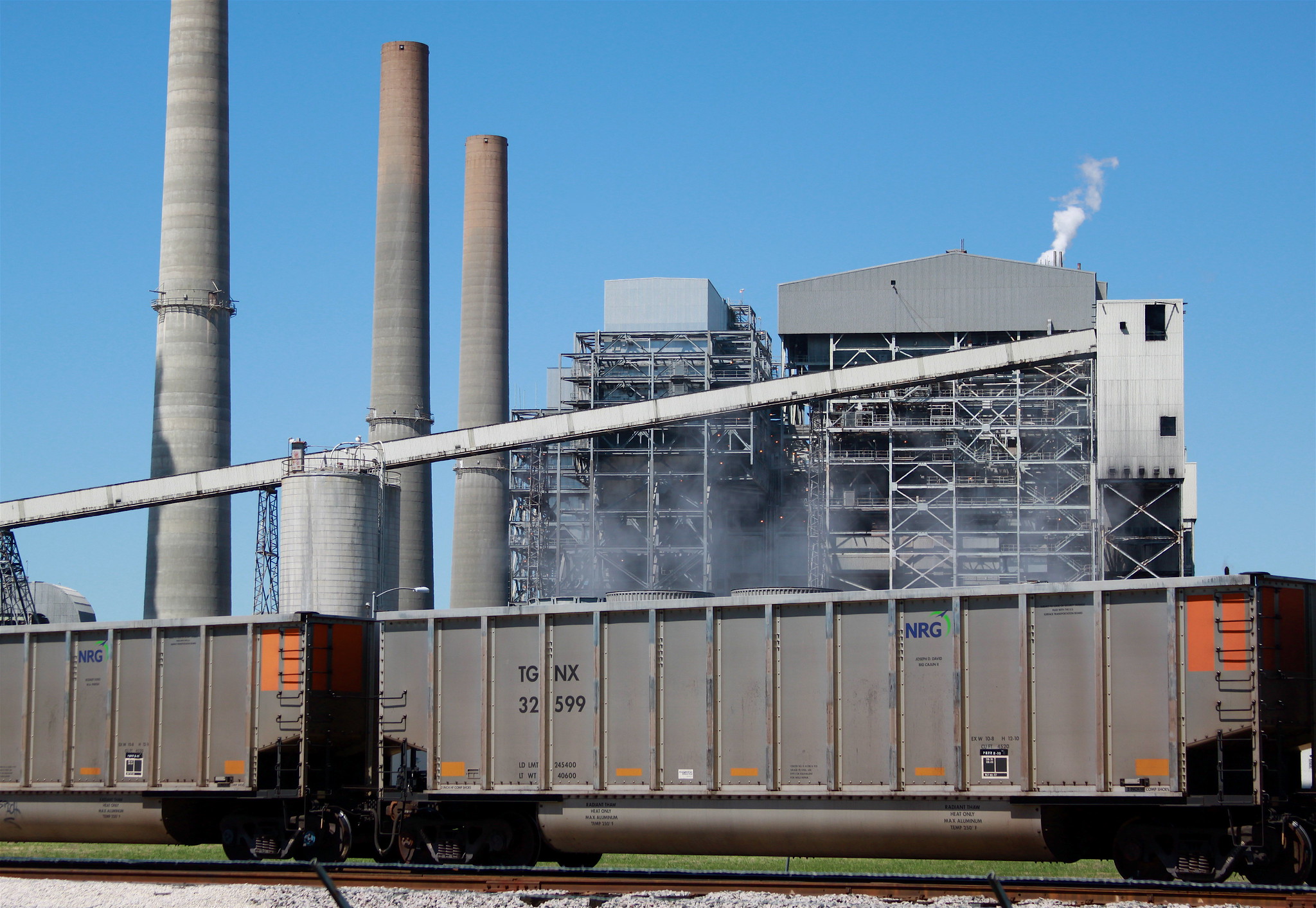
Texas coal plants lack life-saving pollution controls
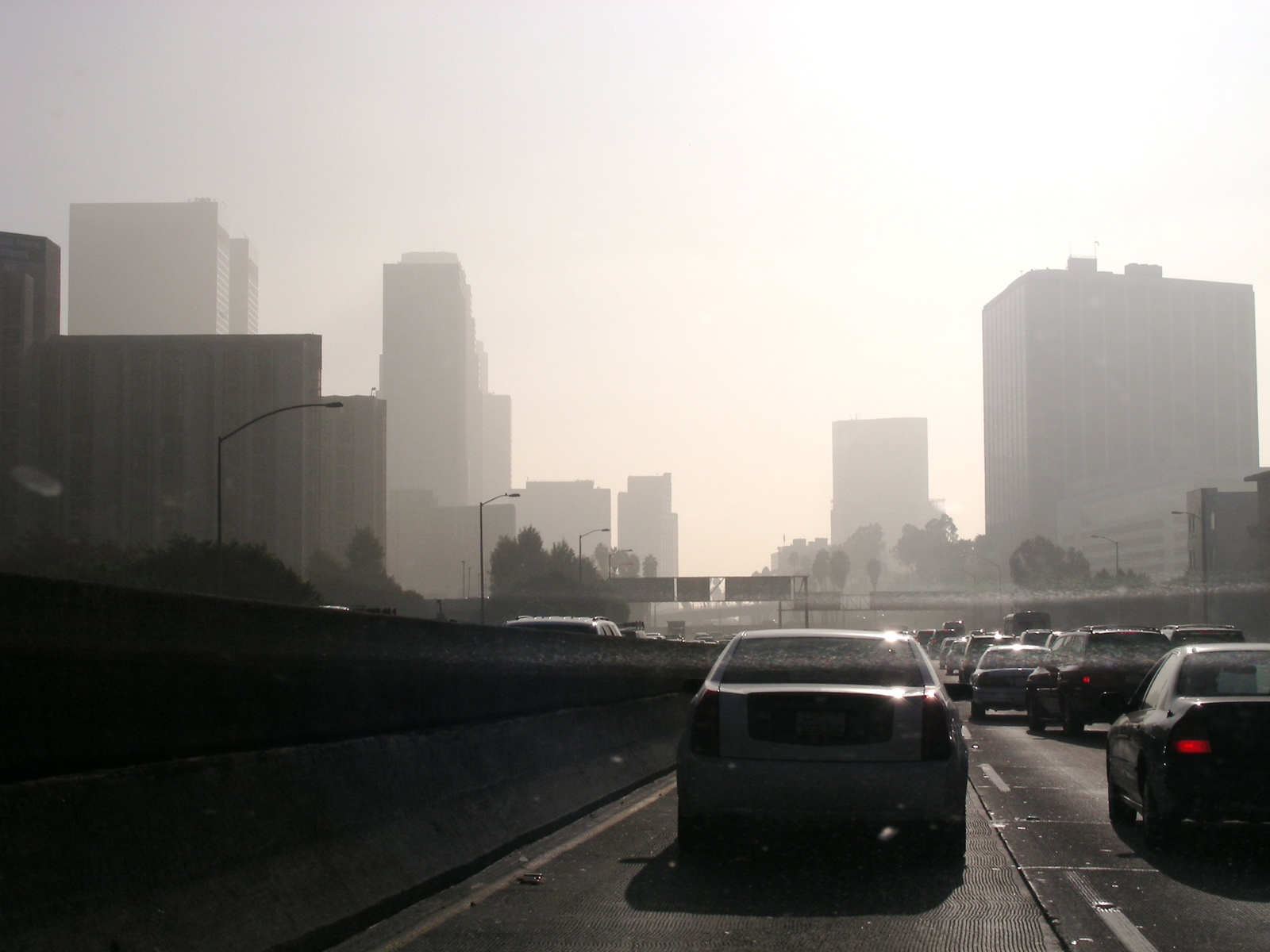
How much does American driving contribute to global climate pollution?
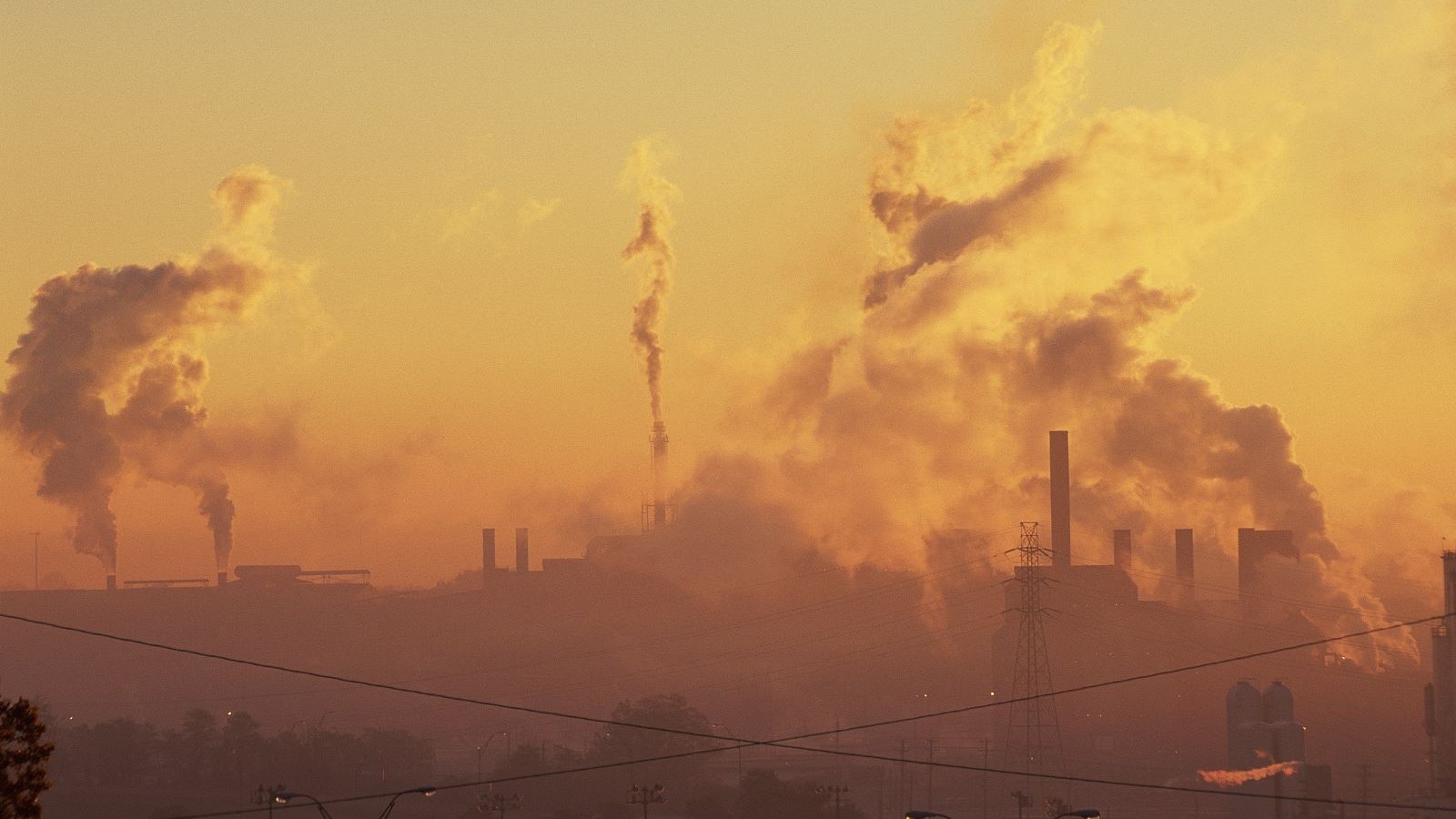
New petrochemical facilities in Texas adding 1.1 million pounds of CO2 every year
